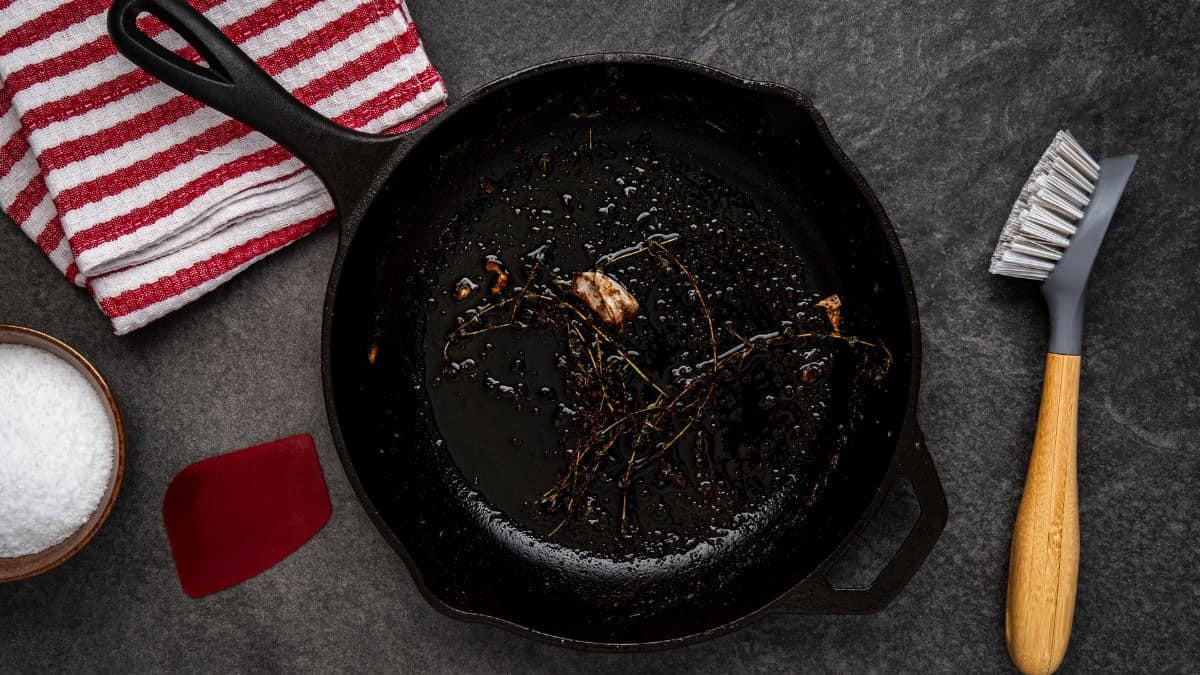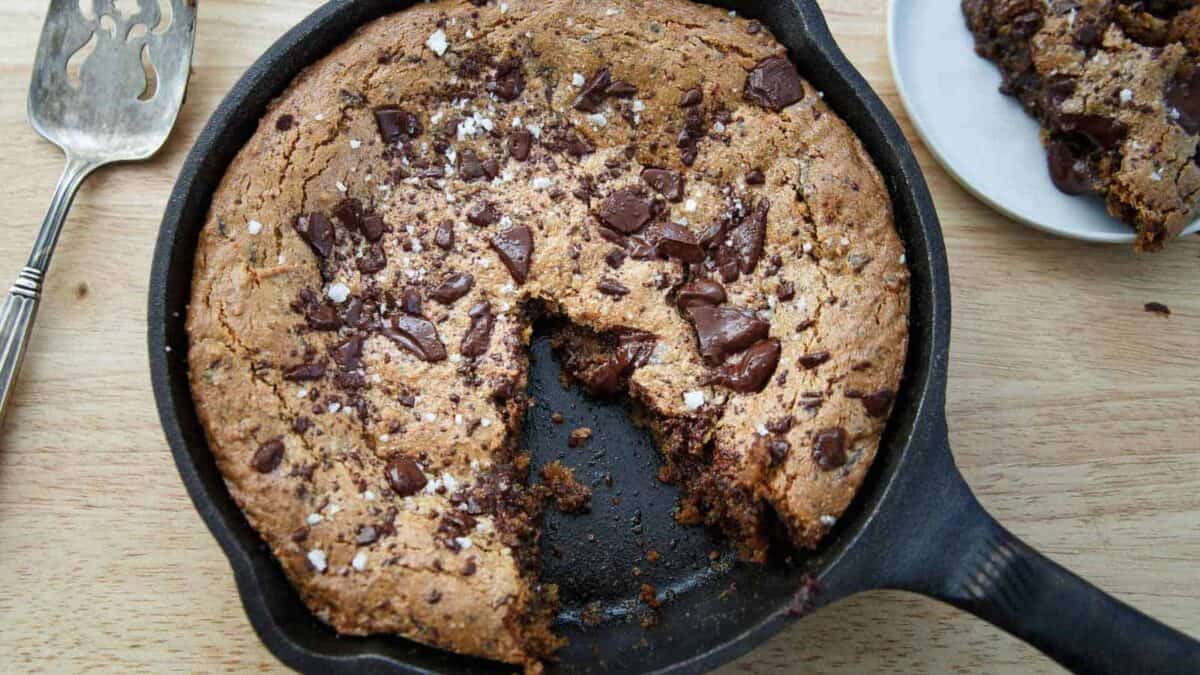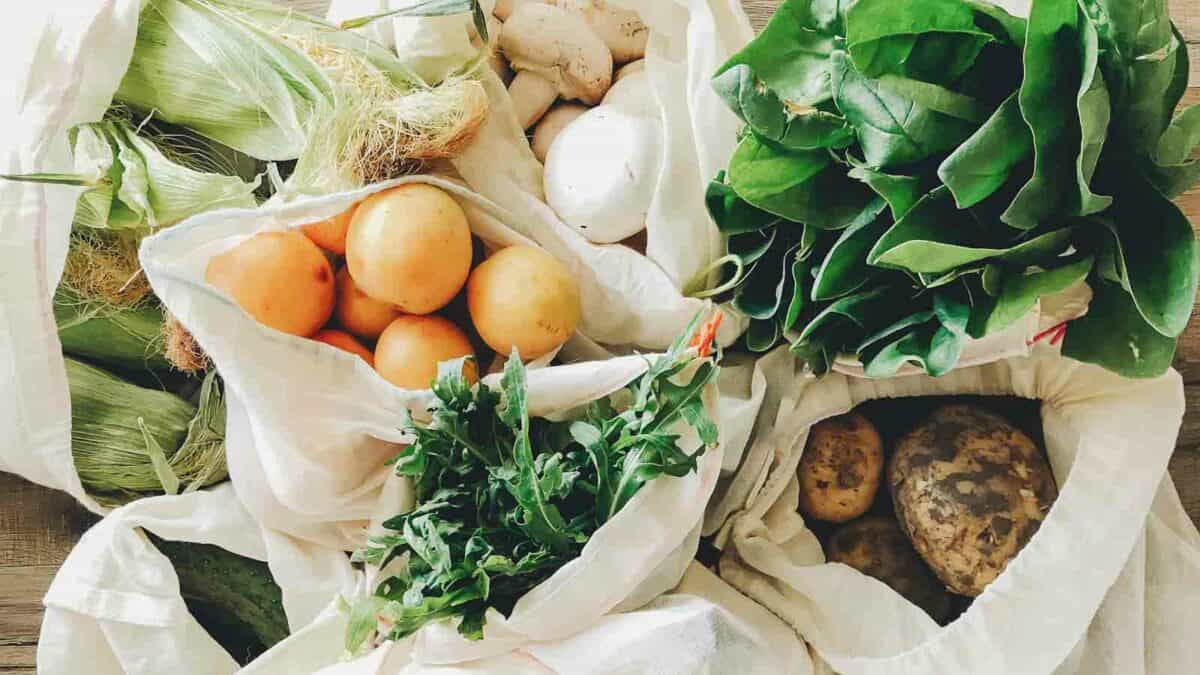Cast iron skillets are celebrated for their durability and versatility in the kitchen, handling everything from searing steaks to baking cornbread with ease. However, they come with their own set of rules, especially when it comes to what should or shouldn’t be cooked in them. Certain foods can damage the seasoning of your pan or just make for a culinary headache due to sticking and interacting with the iron. Here’s a breakdown of the worst foods to cook in a cast iron pan, ensuring your skillet stays pristine and your meals turn out great.

Acidic Foods

Cast iron and acidic foods like tomatoes, wine-based sauces, or citrus fruits such as lemons and limes often don’t mix well. The acidity can strip away the seasoning of your skillet, leaving it dull and vulnerable to rust. Moreover, these foods might end up tasting metallic. For these dishes, consider using non-reactive cookware such as stainless steel to keep flavors pure and your pan intact.
Delicate Fish

While cast iron excels with meats, flaky fish varieties such as flounder, tilapia, or cod can pose a challenge. These fish are prone to sticking and may disintegrate when you try flipping them, leaving you with a frustrating mess and a less-than-perfect meal. Use a well-oiled, very well-seasoned skillet or opt for a non-stick pan to keep your seafood intact.
Desserts

Desserts can be delightful in cast iron, but think twice if using a pan that frequently sees savory dishes. Sweet creations like cakes or sweet breads could absorb residual flavors of garlic or spices, imparting odd, unintended tastes. If dessert is on the menu, consider dedicating a skillet just for sweets or ensure your pan is impeccably clean and re-seasoned.
Eggs

Scrambled or fried eggs in a cast iron skillet can be tricky if the pan isn’t perfectly seasoned. Eggs might stick, tear, or even pick up unwanted metallic flavors, turning your breakfast into a disaster. For flawless eggs, use a non-stick skillet or ensure your cast iron is well-seasoned and preheated with a bit of oil.
Delicate Sauces

Hollandaise, Béarnaise, and other delicate sauces demand careful temperature control and non-reactive surfaces, which makes cast iron a poor choice. These sauces could react with the iron, leading to off-flavors that might spoil your elegant sauce. Opt for stainless steel or enameled cookware that won’t react with acidic ingredients.
Smelly Foods

Cooking garlic, peppers, or other aromatic ingredients in cast iron can leave lingering smells that infuse later dishes with unwanted flavors. Unless you relish the idea of garlic-flavored pancakes, consider using a different pan for cooking strongly scented items or thoroughly clean your skillet post-cooking.
Sticky Sauces

Barbecue sauce and other sugary condiments are delicious but risky in a cast iron skillet. They tend to stick and caramelize quickly, which can ruin your seasoning with a tough, burnt layer that’s a chore to scrub off. To preserve your pan’s integrity, cook these sauces in a pot with a heavy-duty non-stick coating.
Cheese

While a cheesy skillet dish sounds enticing, melted cheese is another foe of the cast iron surface. It can adhere fiercely, making cleaning difficult and potentially damaging your pan’s seasoning. It’s best to melt cheese in a ceramic or non-stick pan, especially under high heat.
12 Ways To Reduce Plastic In Your Kitchen Starting Today

Whether you’re a seasoned eco-warrior or just starting to explore more sustainable practices, there are plenty of straightforward swaps that can make a significant difference in how much plastic you use every day. From choosing beeswax wraps over cling film to opting for reusable containers and gadgets, here are twelve practical ways you can start cutting down on kitchen plastic right now.
Read it Here: 12 Ways To Reduce Plastic In Your Kitchen Starting Today
14 Ways To Repurpose Common Kitchen Scraps

Most of us throw away heaps of kitchen scraps every week without a second thought. However, many of these leftovers, from eggshells to orange peels, have surprising uses that can save you money and reduce your household waste. Whether you’re looking to enhance your garden, whip up some homemade cleaners, or add extra zest to your cooking, there’s a plethora of uses for what you might otherwise toss in the trash. Here are fourteen ingenious ways to repurpose common kitchen scraps into something spectacular.
Read it Here: 14 Ways To Repurpose Common Kitchen Scraps
The Secret Steak-Cooking Method You’re Probably Missing Out

Steak lovers understand that achieving the perfect steak is no small feat. Traditional methods such as open-flame grilling often struggle with temperature control, which can lead to unevenly cooked meat. Thankfully, the reverse sear method is gaining traction as a foolproof way to prepare steak. This simple yet effective technique involves cooking the steak low and slow to ensure even internal cooking, followed by a quick sear that produces a juicy, tender, and beautifully even result. Let’s walk through how simple it is to do.
Read it Here: The Secret Steak-Cooking Method You’re Probably Missing Out
Gina Matsoukas is an AP syndicated writer. She is the founder, photographer and recipe developer of Running to the Kitchen — a food website focused on providing healthy, wholesome recipes using fresh and seasonal ingredients. Her work has been featured in numerous media outlets both digital and print, including MSN, Huffington post, Buzzfeed, Women’s Health and Food Network.








